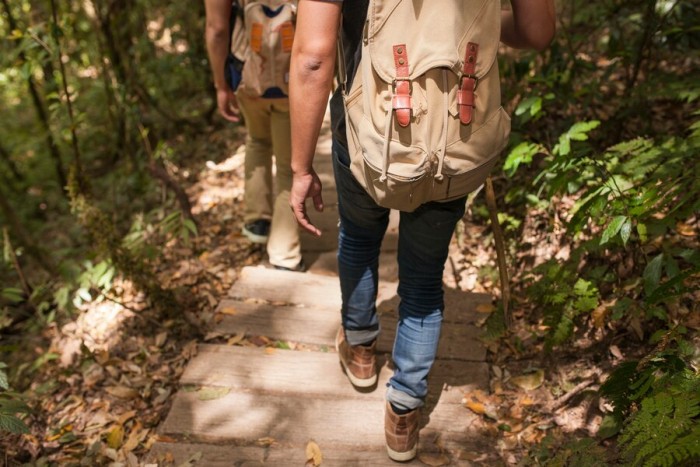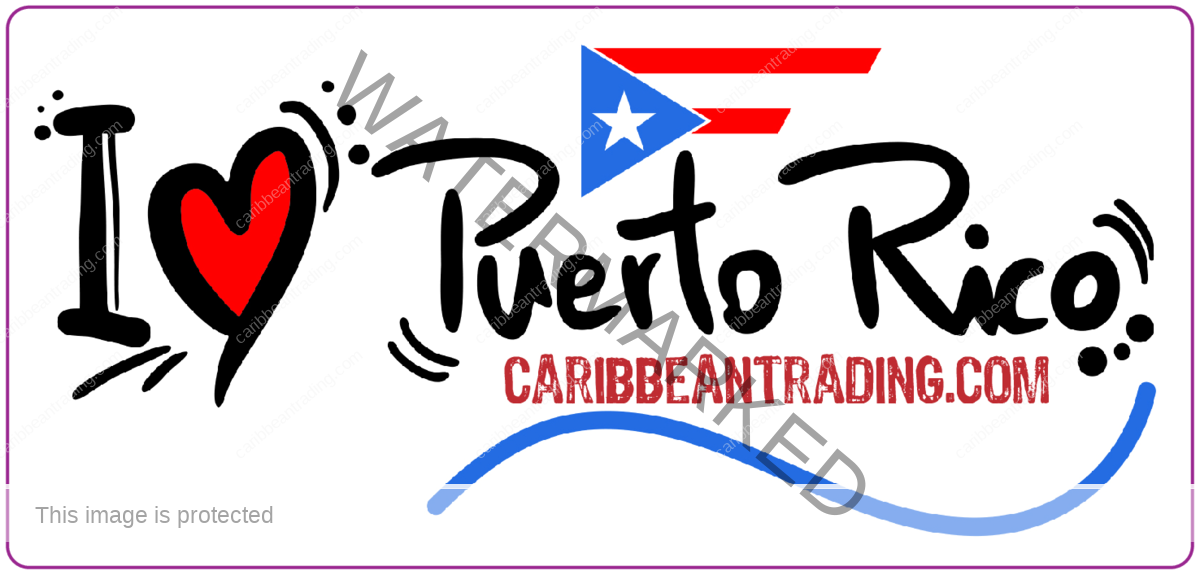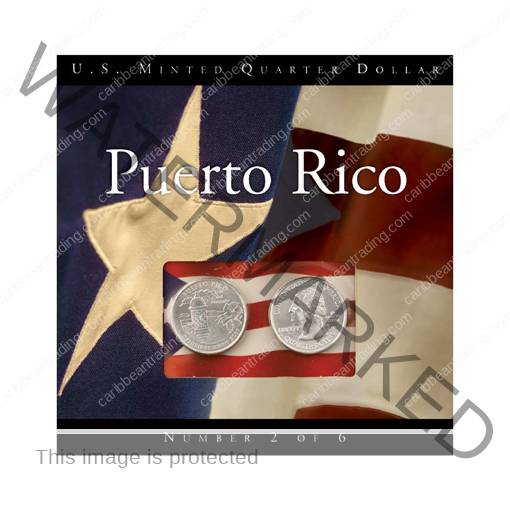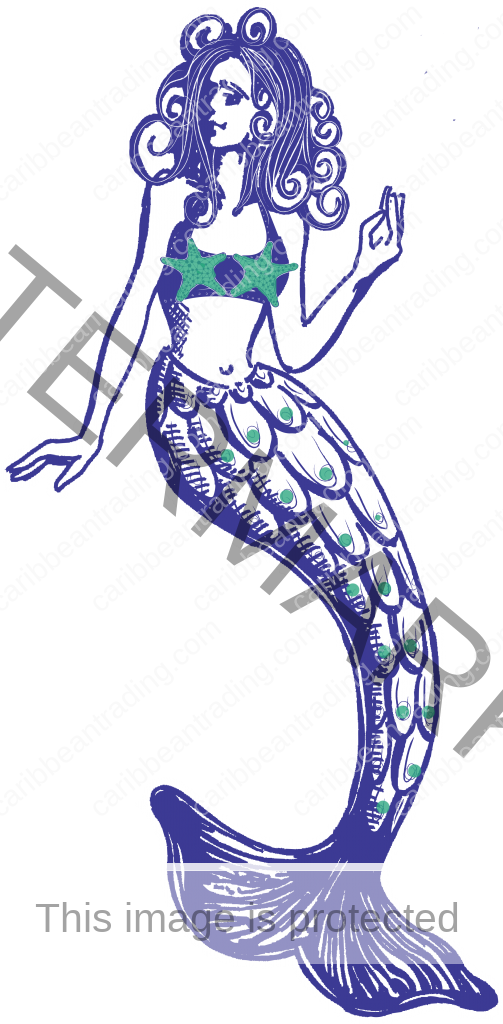Travel Tips
Popular Hiking Trails in Puerto Rico
Puerto Rico is well-known for its beaches and the historical region of Old San Juan, but what many do not recognize is how many natural regions there are for hiking, tenting, and other outdoor adventures. The island’s 3,500 square miles are local to national forests, nature reserves, cave structures, and dozens of various ecosystems, along with coastal valleys, karst areas, rainforests, and dry forests, in addition to the simplest tropical rainforest within the United States.
If you need to get out and revel in the herbal splendor of the island, right here is a realistic guide to help you discover the suitable trail.
El Yunque National Forest
One of the most popular destinations in Puerto Rico for locals and visitors alike is El Yunque National Forest. This is the only tropical forest in the United States Forest System and also one of the most biodiverse places on the island, thanks to the park’s 240 different plant species. Whether you’re looking to go bird watching, swim in natural pools under waterfalls, or test your endurance on a challenging hike, El Yunque rainforest has trails for all kinds of adventures. Some of the trails that are currently open include La Coca, Baño Grande, Angelito y Puente Roto, El Toro, Mt. Britton, and El Pico El Yunque. There are also a handful of options for tour companies that can organise half-day or full-day trips from San Juan to the park if you prefer to leave the planning and driving to the experts.
Guánica Dry Forest Reserve
On the south side of the island, you may locate the opposite of the tropical forest of El Yunque: the Guánica Dry Forest. The south side of the island is more arid, with cacti and other flora which can be higher adapted to desolated weather, and you will regularly see crimson-tailed hawks and vultures circling peacefully in a wonderfully blue sky. There are several trails in the reserve, and the ranger at the doorway can provide you with a map. Among the maximum famous are: Ballena, which is going down the mountain to the beach; La Cueva, which ends up in limestone caves; and Fuerte Caprón, to a historic fort overlooking the coast.
Guajataca Forest
Located in the town of Isabela, the Bosque de Guajataca has 27 kilometres of trails, with the Sendero Interpretativo (Interpretive Trail) and the Sendero a la Cueva del Viento (Trail to the Cueva del Viento) being the two most frequented. You can easily do both routes on the same day, as well as explore the cave, which is full of otherworldly stalagmite and stalactite structures (as well as bats!). Follow the first trail to the cave and then take the interpretive trail back to the car park on the PR-446. There’s even a side trail to an observation tower as a bonus. The trail is easy to walk, but bring sturdy shoes with good traction and flashlights if you plan to explore the cave.
Toro Negro State Forest
The almost 7,000 hectares of Toro Negro State Forest are spread over six different municipalities and include four types of forest (tabonuco, palm, Micropholis buchenavia, and a cloud forest), the three highest peaks on the island (Cerro de Punta, Cerro Jayuya, and Cerro Rosa), a lake, two natural pools, nine rivers, and numerous waterfalls. To hike and camp there, visit the ranger station at Route 143 KM 32.4 in Villalba. Most of the trails are concentrated in this area, and the most popular (and currently open) are El Bolo, which leads to a stone tower on top of a mountain, and Charco La Confesora, which has a trail in the Toro Negro camping area.
Cambalache State Forest
Cambalache State Forest is the perfect setting for a leisurely nature walk (mountain bikes are also welcome), or for enjoying birdwatching and camping. The facilities are easily accessible and include parking, restrooms, picnic tables, and lookout points, and there is even a bird centre that is open on weekends. During your walk, you will be able to observe more than 150 types of trees and bushes, of which 15 are endemic and 10 are rare or in danger of extinction. Bird watching is also popular here, as 45 species of birds can be observed, including 12 of the 17 that are endemic to Puerto Rico.
The name of the mountain itself is Cerro de los Cielos, but the trail gets its name from the solitary mango tree at the top that is visible from the road.
Solitary Tree
Visible from the PR-52 road just past the Monumento al Jíbaro in Salinas, there is a solitary tree at the top of a high mountain called Cerro de los Cielos. Until 2016, walking to the Lonely Tree was very controversial because people would park their cars on the motorway’s emergency ramp and, as the trail was not properly signposted, many would get lost. Now, the start of the ‘official’ trail starts from the PR-1 and takes an hour to 90 minutes to complete via a steep and challenging trail. The view of the southern mountain range stretching all the way to the Caribbean Sea makes it all worthwhile. People have put swings in the tree and there are also flags near the top, making it a perfect spot for a photo shoot.
Cabo Rojo Wildlife Refuge
The Cabo Rojo Wildlife Refuge was established in 1974 in southwestern Puerto Rico and is home to a diversity of flora and fauna that visitors can explore via the walking and cycling trails. Much of the refuge consists of subtropical dry forest, which means that conditions are hot and arid for most of the year. It is a very popular destination for bird watching, particularly in the park’s unique salt flats. The Wildlife Refuge is open Monday to Saturday, while the Salt Flats Interpretation Centre is open Thursday to Sunday. Bring water and sunscreen, sturdy walking shoes and a camera.
Other popular activities in Puerto Rico
The best hiking trails in Puerto Rico give a huge variety of options for each type of tourist. Water sports fans can revel in Rincón, snorkeling in the crystal-clear waters of Culebra, or kayaking through one of the island’s glowing bioluminescent bays, which include Mosquito Bay in Vieques or Laguna Grande in Fajardo. History buffs will find lots to discover in Old San Juan, from colonial forts to cobblestone streets coated with pastel-coloured homes. Foodies can indulge in culinary excursions that show off nearby dishes like mofongo and lechón, or visit espresso haciendas within the mountains to taste some of the fine beans inside the Caribbean. And for those interested in nightlife or trying their good fortune, Puerto Rico’s casinos offer an interesting way to wind down after an afternoon of journey. Some online platforms even offer incentives like a hidden jack casino bonus, which adds a fun digital twist to the island’s entertainment scene.
Conclusion
Puerto Rico is a extraordinary region for people who love the outdoors. There are many different trekking trails inside the one-of-a-kind varieties of landscapes. There are tropical forests like El Yunque and dry wilderness trails like the Guánica Dry Forest. The trails are splendid for folks that like a relaxed walk or a difficult hike. You can enjoy nature at its first-class on these trails.
El Yunque National Forest is one of the most famous places, with amazing views, waterfalls, and herbal swimming pools. The forest is complete of lush green plants and specific sorts of flora, so it is a super place for nature fans to go to. If you want to see something exceptional, the Guánica Dry Forest is a stark contrast with its cacti, pink-tailed hawks, and clean blue skies. It’s the suitable spot for a unique, wasteland-like journey.
And for folks that enjoy exploring caves, the Guajataca Forest offers a fascinating mix of trails and an otherworldly cave to explore. If you want to loosen up, the Cambalache State Forest is a nice vicinity to walk and watch birds. Another famous place is the solitary tree on Cerro de los Cielos in Salinas, which is a remarkable hike with a splendid view of the Caribbean Sea.







